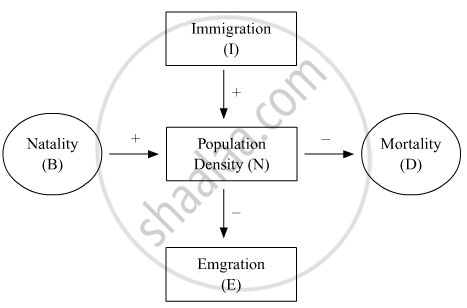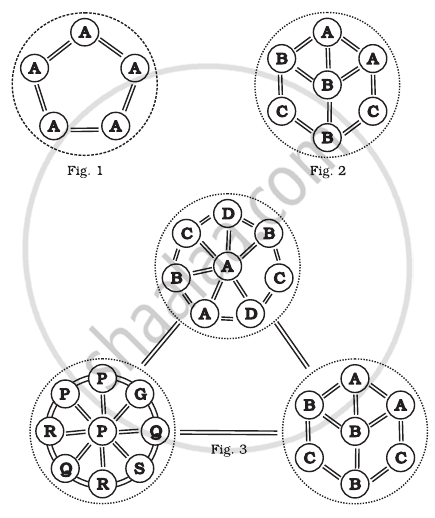Advertisements
Advertisements
प्रश्न
"Analysis of age-pyramids for human population can provide important inputs for long-term planning strategies." Explain.
उत्तर
Analysis of age pyramids for human population can provide important inputs for long-term planning strategies. The different age groups present in a population determine its reproductive status.
Distribution of age groups highly influences the growth of the population. Each population displays following three ecological ages or age groups:
- Pre-reproductive
- Reproductive
- Post-reproductive
Population having large number of young members grow rapidly, while, the population bearing more number of post-reproductive members tends to be declining. There are basically three types of age pyramids found to be present in human population. These are as follows:
Therefore, through the thorough analysis of the age pyramids of a particular population, the distribution of resources can be done more efficiently. A better planning strategy can be adopted considering the demand of the resource; thus, long-term management of resources can be done in such a way that the population can derive maximum benefit with minimum effects on nature, leading the population to flourish efficiently.
APPEARS IN
संबंधित प्रश्न
(a) Name the two growth models that represent population growth and draw the respective growth curves they represent.
(b) State the basics for the difference in the shape of these curves
(c) Which one of the curves represents the human population growth at present? Do you think such a curve is sustainable? Give reason in support of your answer.
List the attributes that populations but not individuals possess.
Study the flow chart given below and complete the equation that follows by identifying 1, 2, 3 and 4.

Nt + 1 = Nt + {(1+ 2) − (3 + 4)}
Give an account of population regulation.
Measures of ‘Central tendency’ refer to:
`"dN"/"dt" = "rN" (("K"- "N")/"K")` in logistic growth "K" represents:
The density of a population in a habitat per unit area is measured in different units. Write the unit of measurement against the following:
Bacteria
Comment on the following figures: 1, 2 and 3:
A, B, C. D, G, P, Q, R, S are species

What would be the best method to measure the total population density of a dense bacterial culture in a petridish and why?

Identify the type of pyramid given above. Write the identifying feature on the basis of which you identified it.
